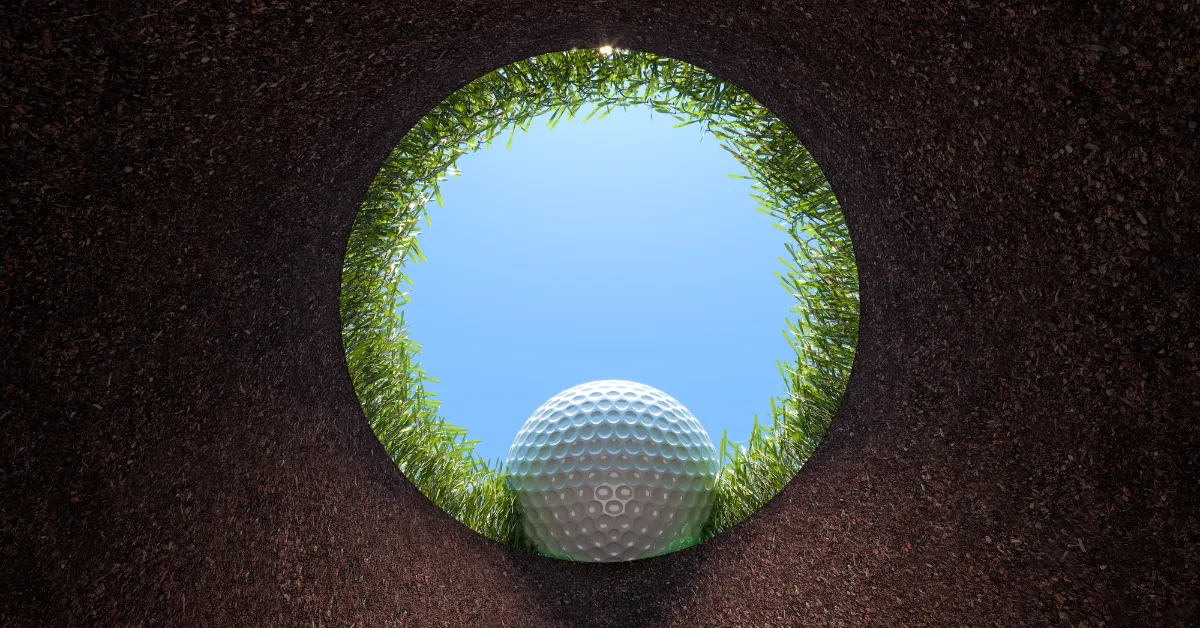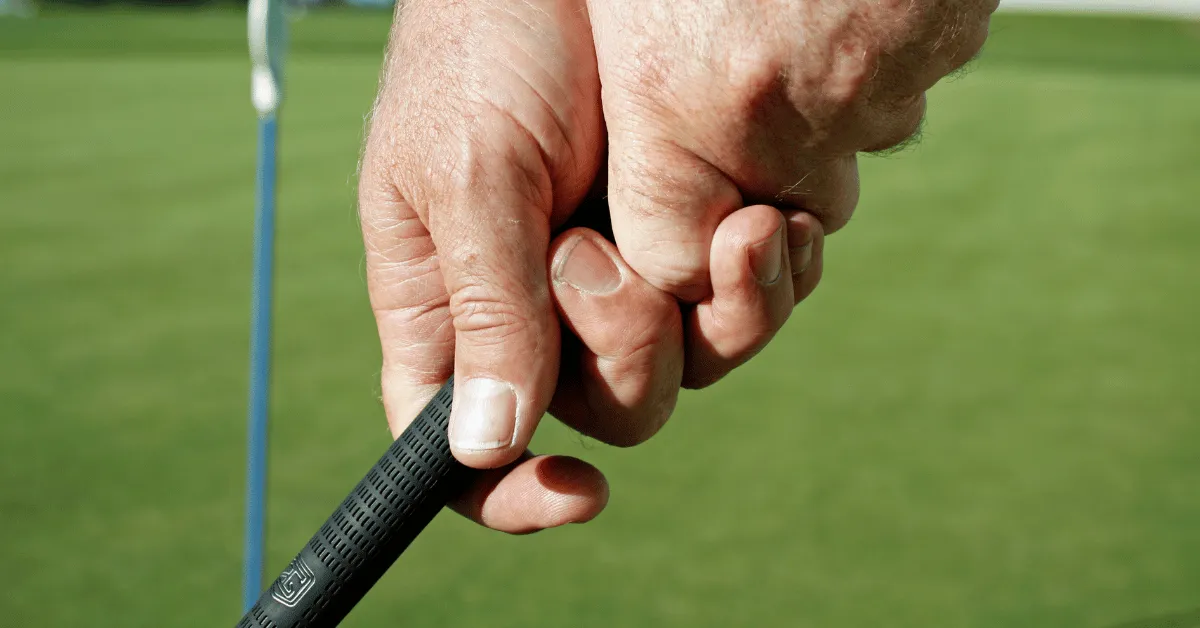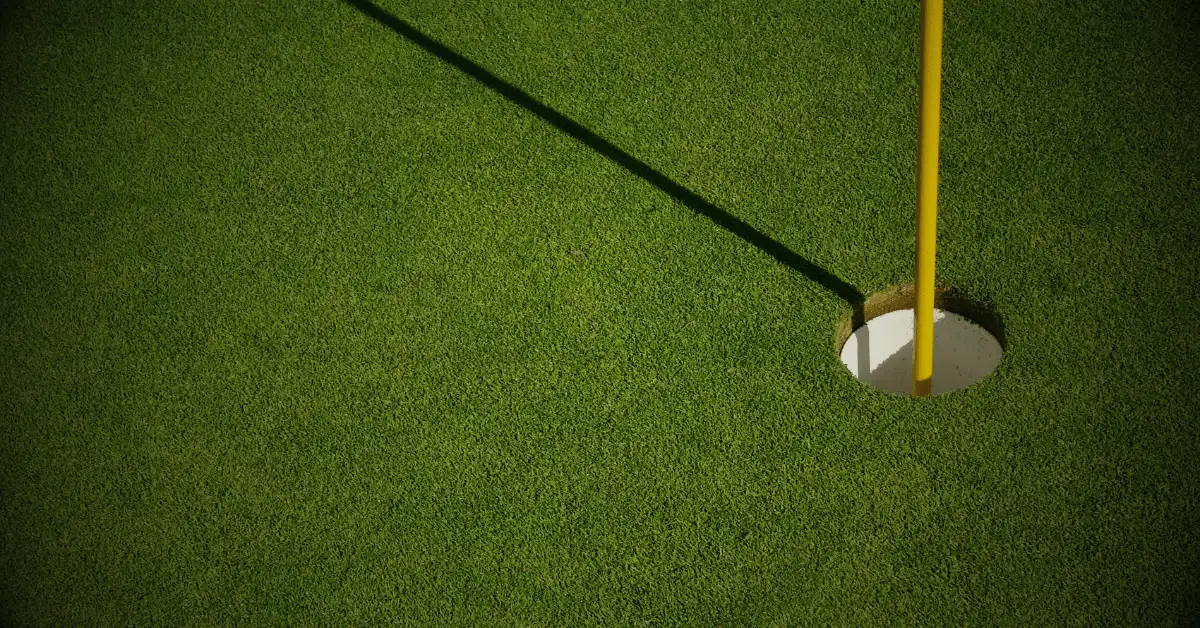I see that someone is trying hard to learn about golf balls or their dimples. Apart from the reason behind this, we’ll hop on to the statistics.
According to USGA, about 90% of modern golf balls have around 300-500 dimples. Unlike some misconceptions, golf balls do not have a standardized dimple count, and the count is improvised for each ball, considering symmetry and best aerodynamic performance, as they account for 50% of the ball’s flight performance.
How Many Dimples on a Golf Ball?
If we calculate the average number of dimples on the top-selling golf balls in the market, it is just around 330. But is that the accurate number? No. Then what is? None, because there is no fixed number in the first place.
In short, all golf balls have dimples between 300 and 400. However, we make some exceptions for specific brand balls with more than 500 dimples for particular use cases and games.
How Many Dimples Are on the Pros’ Golf Balls?
Like everyone else, Most pros on the PGA Tour use retail models with an average dimple count of 350. Though some professionals experiment with prototypes with variable dimple counts, that’s a rare sight and not something you see in a routine game.
There are no different balls for professionals. To understand which one serves you best, you must try many different ones available on the market.
Why Do Golf Balls Have Dimples?
In one word, Aerodynamics. But you wouldn’t be reading this article if you were the one to be satisfied with one-word answers, so obviously, we’ll go into some lovely details!
Having dimples on the ball reduces the air drag (the force which pulls the ball in the opposite direction of the shot, thus reducing the speed) by almost 50%! Dimples also help increase airlift, allowing a smooth airflow through the shot.
According to statistics and NASA studies, dimpled balls can fly up to 2x the distance of smooth balls.
In short, the dimples directly interact with the air your ball flies against when you hit. You need a well-engineered ball with thoughtfully placed dimples to manipulate the air to your advantage!
When Did Golf Balls Get Dimples?
After finishing our fluid mechanics class, we’ll dive into some history. Tinkering with balls started around the 1830s. During this time, players realized that the “gutta-percha balls,” i.e., balls with a nicks pattern, performed better than the “feathers” used at the time.
During the 1890s, balls with the “Bramble” patterns were introduced, but they were phased out soon enough by the 1900s. Soon after, William Taylor patented the first modern dimple design in 1905, and by 1930 dimples were standardized across all ball manufacturers.
Golf balls have come a long way, from building something round and playing with it to engineering a ball to have the best shot.
How Big Are Dimples on Golf Balls?
While the number of dimples varies, their size is mainly standardized. The balls have a depth of 0.25mm and 0.010 inches if you prefer imperial measurements. Again, this isn’t fixed; the manufacturer tunes it according to their own specifications.
The depth of the dimples might seem simple, but you need symmetry, or your ball’s performance will be ruined. A ball with too shallow dimples will increase the uncertain drag on the ball. On the other hand, a ball with too deep dimples will also lead to higher drag and result in unsatisfactory performance.
How Much Does a Golf Ball Weigh?
The weight of the balls is regulated. In USGA games, they cannot weigh more than 1.620 ounces or 45.93 grams. On average, balls weigh around 46 grams. This also depends on the material of the ball. Manufacturers develop various material combinations with better performance than the traditional balls.
Some players practice with balls of various weights to better understand the flight dynamics, which helps them determine the force needed for the shot.
How Big Is a Golf Ball?
Golf balls come in different sizes, not M and XL, but manufacturer sizes. You wouldn’t find a drastic change in the size of golf as most of them will have a difference of just a few millimetres.
You can find some “practice” balls smaller than your usual golf balls. These balls give you a better understanding of your shots if you understand the difference between these and the standard balls.
How Do I Know Which Golf Ball Dimple Patterns Are Right for Me?
Choosing the right things for yourself when you have many options can be draining—but only if you do it wrong!
Choosing the right golf ball isn’t anything complicated if you know your purpose. For example, if your priority is high-speed swing shots, you must look for shallow dimples as they provide low drag. If you want your balls to have a longer flight time, look for a ball with a higher dimple count, as they provide a stable flight. To get this right, try all kinds of balls out for a good time while purchasing. You can also try them on simulators to get a rough idea!
What Is the Ideal Dimple Range on a Golf Ball?
Most balls out there have a dimple count of 300-400. These are designed to have a balance of lift and drag. If you want a ball with a low spin, you can choose one with a lower dimple count of 300-320. And if you want a performance series ball with better lift and drag resistance, go for a ball with 359-400 dimples.
Most balls on the market are designed to provide a “best of all worlds” experience. So, if you’re looking for a ball that accommodates every situation, you can buy any top-selling retail ball, and you’re good to go!
What Would Happen If Golf Balls Didn’t Have Dimples?
If golf balls didn’t have dimples, your shot’s flight time and drives would be halved. On top of that, due to the easy manipulation of surface drag, you’ll experience a lot of slices and hooks. According to studies, you will experience a reduced lift as smooth balls have a 20% steeper descent angle than dimpled ones.
In short, dimples are necessary and not just some aesthetic customization. The dimples decide mostly everything after your club hits the ball, the flight time, lift, drag, descent angle, and the direction to an extent.
Conclusion
Now that we know we are well-educated about dimples, they are absolutely necessary. You wouldn’t enjoy golf if you had to play like the people did in the 1800s. As with everything, golf balls have been innovated, and we’re getting a good game experience because of them.
Finally, dimples are not a choice; you need them to play an enjoyable game. So, thank them and enjoy your game!
Frequently Asked Questions?
Do more dimples mean better performance?
Not really. Everything is good in its intended proportion. Maximizing the number of dimples does not guarantee a performance hike; it depends on extensive CFD testing.
Can I play golf with a smooth ball?
You shouldn’t if you want a game with good performance, but you can try!





0 Comments